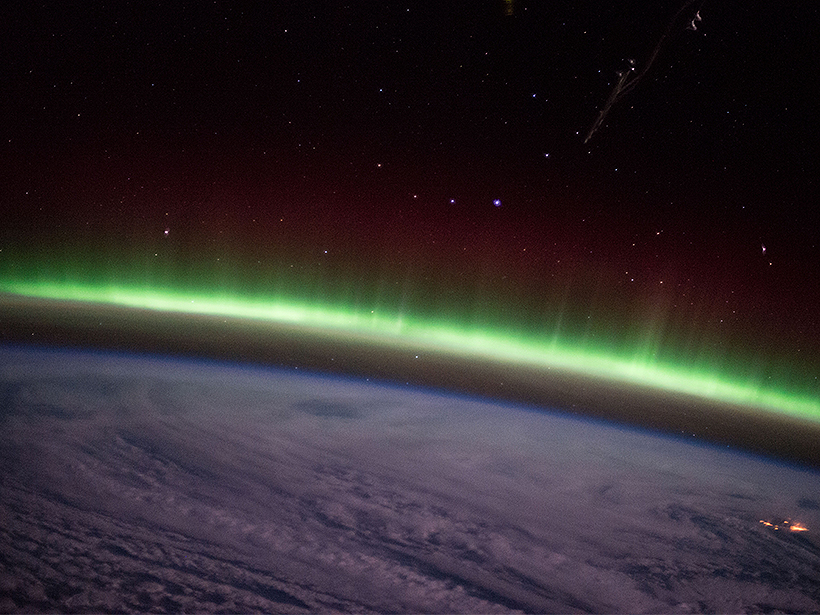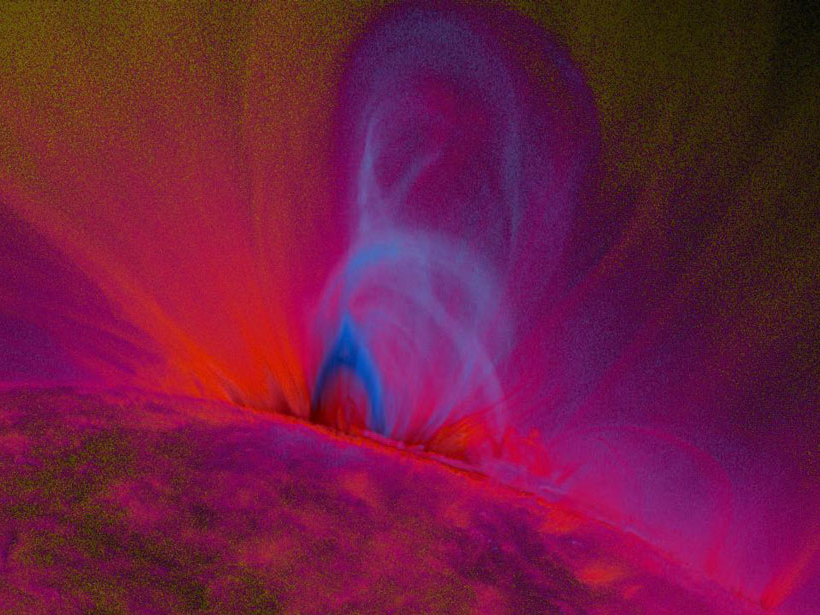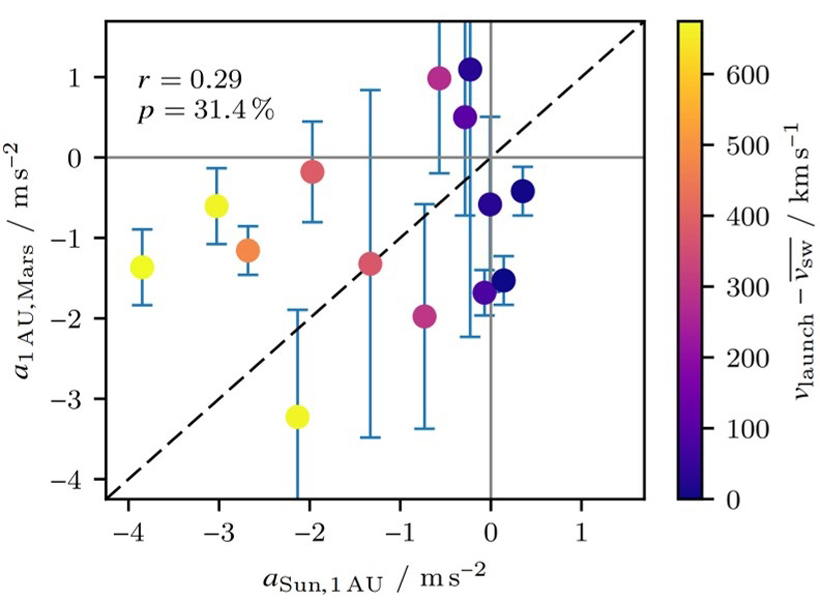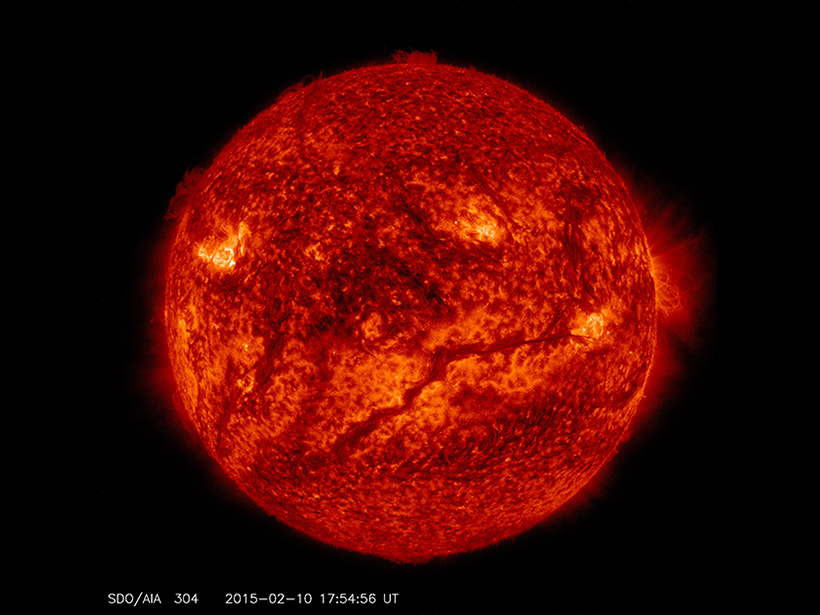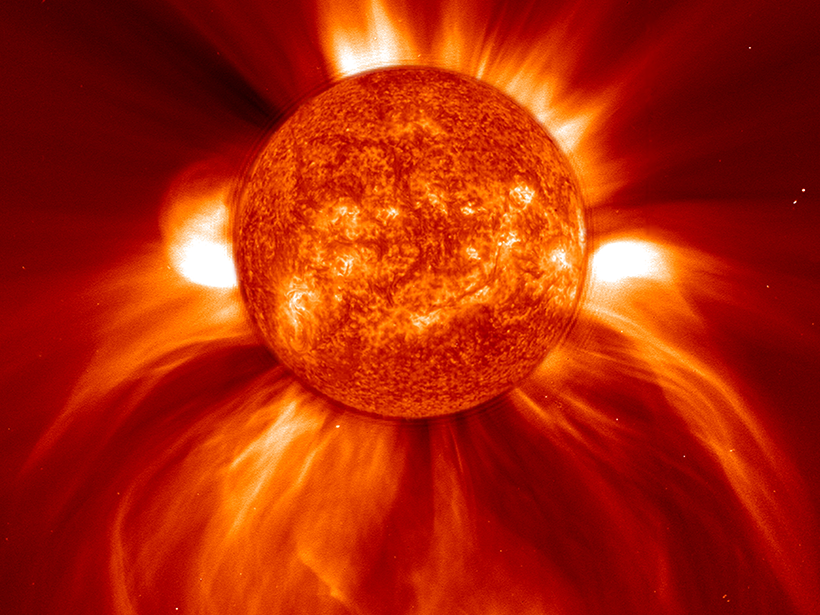High-speed particles cause indentations in the magnetopause to form “throat auroras.”
solar activity
Anatomy of a Flux Rope Hurtling Through the Solar System
Pancaking and erosion can explain a lot of the structural change in magnetic flux ropes as they fly evolve during their supersonic flight through the inner solar system.
Capturing Structural Changes of Solar Blasts en Route to Earth
Comparison of magnetic field structures for 20 coronal mass ejections at eruption versus Earth arrival highlights the importance of tracking structural evolution to refine space weather predictions.
Increasing Radiation Levels May Challenge Space Exploration
New research shows that solar radiation levels are growing 10% faster than previously believed and that the radiation environment in space will worsen with time.
Fast CMEs Continue to Decelerate in the Outer Heliosphere
Most fast coronal mass ejections will be decelerated into ambient solar wind quickly in the inner heliosphere, but some of them continue the deceleration with an even larger amplitude beyond 1 AU.
New Observations of Mysterious Radar Echoes
Exploring the relationship between solar extreme ultraviolet radiation flux and 150-km radar echoes.
Preserving a 45-Year Record of Sunspots
Maps reveal how the Sun’s magnetic field evolves through solar cycles.
A Better Way to Predict Space Storms
A new model of solar winds could reduce false alarms.
A Survey of Solar Radio Burst Statistics
National solar radio archive records have substantial missing data potentially affecting the ability to benchmark extreme solar events.
Where Did the Water Go on Mars?
Primordial solar storm conditions are believed to have significantly enhanced the loss of water and other atmospheric volatiles in Mars’ history.

